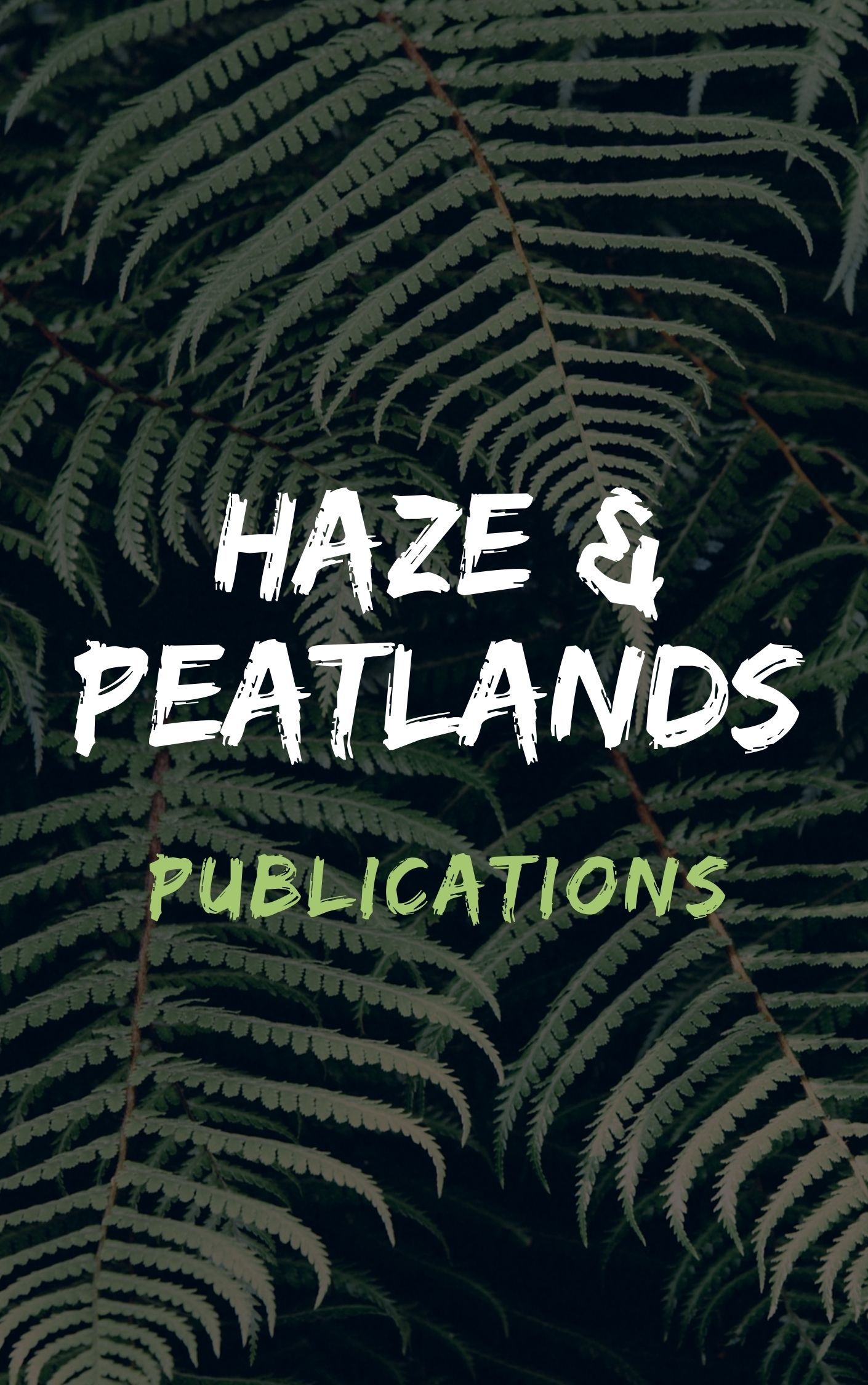Borneo has a perhumid climate but occasional severe droughts have an important impact. Droughts may affect the composition and size structure of plant communities through differential mortality or, via their impact on the availability of plant resources, affect plant-animal interactions. From January to April 1998, northern Borneo suffered a very severe drought linked to the El Nino Southern Oscillation event of 1997-1998. In this article, the impacts of this drought on the rain forest at Lambir Hills National Park, Sarawak, are considered with special reference to a keystone plant group, the figs. Small fires entered the edge of the forest from the roadside, killing saplings, climbers, and understory trees. Community-wide mortality for adult trees was 0-7 times higher than in nondrought years, with larger trees showing a greater proportional increase. In figs, mortality was significantly higher in pioneers, but hemiepiphytes and roadside species were unaffected. Phenology was substantially affected. Leaf and flower/fruit production decreased or ceased during the drought and increased suddenly following renewed rain. Pollinators of dioecious figs became locally extinct during the drought, and other plant-animal interactions may also have been disrupted. The frequency and severity of droughts has increased substantially in the past three decades, and climate models suggest this may be the result of global warming. The impacts of the 1998 drought at Lambir Hills National Park suggest that, should this trend continue, a substantial alteration of habitats and overall loss of biodiversity can be expected in Borneo.
View source

